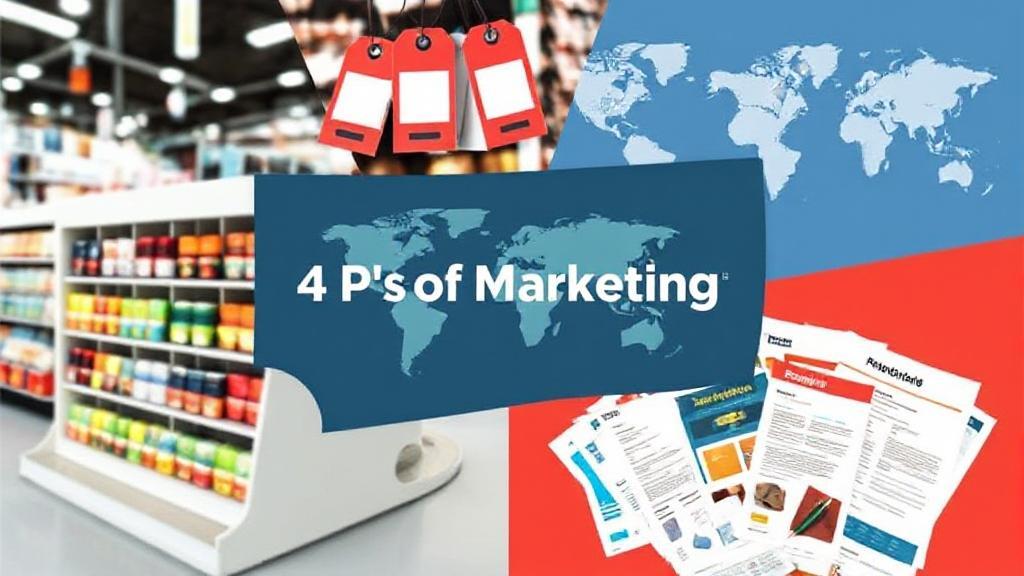The marketing mix, first introduced by E. Jerome McCarthy in the 1960s, remains one of the most fundamental concepts in marketing strategy. These four elements - Product, Price, Place, and Promotion - work together to create successful marketing campaigns and ensure that products or services effectively reach their target market.
Product
The product is the cornerstone of the marketing mix, referring to goods or services that a company offers to its customers. A product can be tangible, like a smartphone, or intangible, like a software service.
Key Considerations for Product:
- Features and benefits
- Quality standards
- Design and packaging
- Brand identity
- Product lifecycle management
Companies like Apple excel at product development by focusing on user experience and innovative design. For more insights on product development, visit this guide on product management.
Price
Price is the amount customers must pay to acquire the product. It directly impacts market positioning, profit margins, and competitive advantage.
Pricing Strategies:
- Cost-plus pricing
- Value-based pricing
- Competition-based pricing
- Penetration pricing
- Skimming strategy
"Price is what you pay. Value is what you get." - Warren Buffett
The rise of subscription-based models, demonstrated by companies like Netflix, has revolutionized traditional pricing approaches. Learn more about pricing strategies in this article.
Place
Place encompasses how products are distributed and made available for purchase. The goal is ensuring accessibility to the target market in the most convenient way possible.
Distribution Channels:
Physical Distribution
- Retail locations
- Wholesalers
- Distributors
Digital Distribution
- E-commerce platforms
- Mobile apps
- Social media marketplaces
Companies like Amazon have transformed distribution through efficient omnichannel networks. For deeper insights, check out this resource on distribution channels.
Promotion
Promotion includes all activities that communicate product benefits and persuade customers to make purchases. This encompasses advertising, sales promotions, public relations, and personal selling.
Promotional Tools:
Traditional Marketing
- Television advertising
- Print media
- Radio spots
- Billboard advertising
Digital Marketing
- Content marketing
- Social media marketing
- Email campaigns
- SEO and PPC advertising
To learn more about effective promotional strategies, visit this comprehensive guide on promotion.
Digital Transformation Impact
The digital revolution has significantly impacted how businesses approach the 4 P's:
| Marketing Element | Digital Impact |
|---|---|
| Product | Digital products, customization options |
| Price | Dynamic pricing, subscription models |
| Place | E-commerce, digital delivery |
| Promotion | Social media, content marketing |
Measuring Success
Key performance indicators (KPIs) to track marketing mix effectiveness:
Remember that the 4 P's framework should be dynamic and adaptable to changing market conditions. Regular assessment and adjustment of each element ensure your marketing strategy remains effective and competitive in today's fast-paced business environment. For more information, visit the American Marketing Association or the Marketing Mix website.
